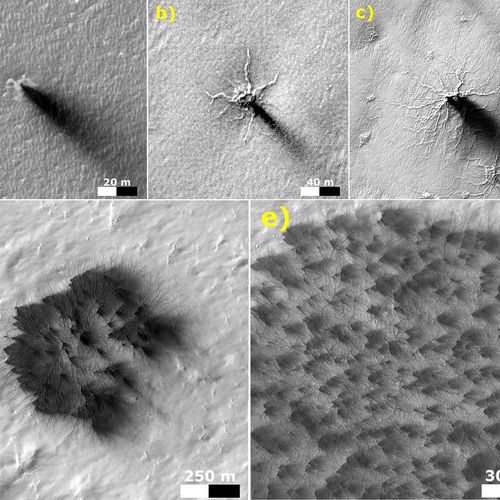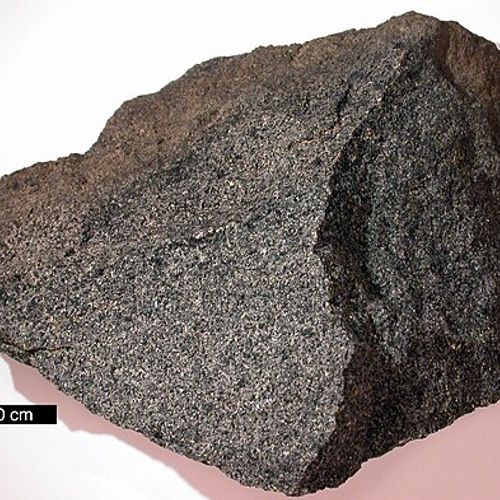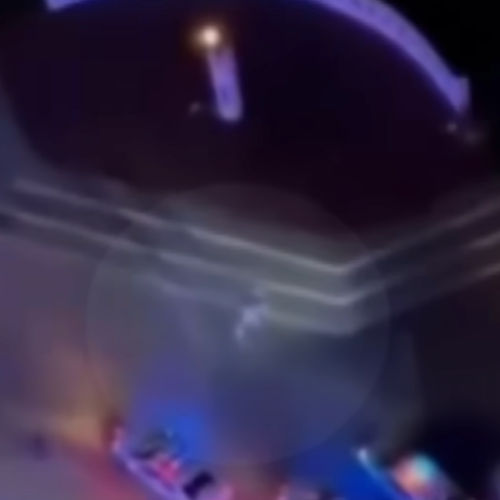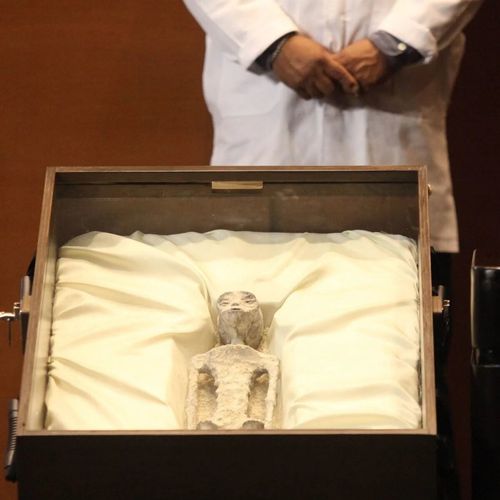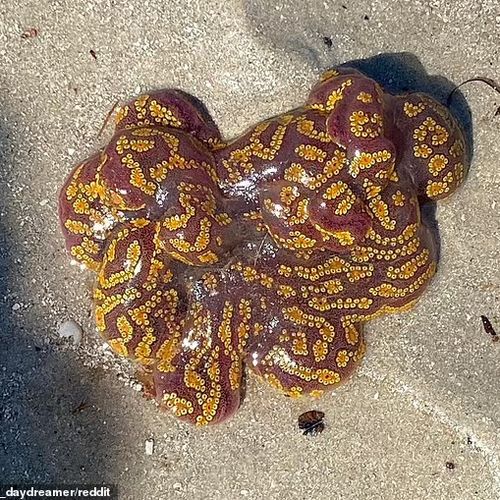
| Added | Fri, 27/04/2018 |
| Источники | |
| Дата публикации | Fri, 27/04/2018
|
| Феномены |
In Indian legends there are stories about the strange longlash people (Moon-Eyed People) with pale skin that seemed to be built some some of the oldest structures in America. The legend of longlash people go to the Cherokee, which is one of the ancient Indian societies.
At the time of the arrival of the Europeans in the 16th century, the Cherokee inhabited areas of the States of Alabama, Georgia, Kentucky, North Carolina, South Carolina, Tennessee and Virginia in the Southeast United States. The origin of the Cherokee tribe has always been a thorny issue among scientists. According to one hypothesis the Cherokee language belongs to the group of languages of the Iroquois and Cherokee arrived to the Southern Appalachian mountains of the Northern regions inhabited by other tribes of the Iroquois. According to another hypothesis, the Cherokee lived on its territory for thousands of years. Cherokee from the very beginning had special contacts with white settlers and they were among the "five civilized tribes" along with of Chickasaw, Choctaw, screams, and the Seminoles are still in the early 19th century adopted many of the customs and achievements of white settlers and established relatively good relations with its neighbors. They were also considered separately because of its mysterious legends about the pale skin and lunchlady people, who supposedly once lived in the Appalachian mountains and the Cherokee were expelled from their lands.
In 1797 in his book, an American botanist, physician and naturalist Benjamin Smith Barton described the legends of the Cherokee and assumed that lunguzi was named monoglyme due to the fact that their eyes were ill-suited to daylight, but they are well oriented in the darkness. In addition they had other differences from the native American peoples. Barton quotes a Colonel Leonard Marbury, who said that when the Cherokee arrived on earth longlash, they found people who couldn't hardly see in the daytime. Taking advantage of this, Cherokee longlash quickly defeated and chased them away.
In addition to the legends of daytime blindness longlash, talked about their very pale skin and that they arrived here in ancient times and have created many of the buildings pre-Columbian, from which now only ruins are left. After the attack the Cherokee, ludopatia went somewhere to the West and disappeared. Another book, written by ethnographer James Mooney in 1902, describes "the vague, but persistent legends and traditions" about the mysterious ancient people who preceded the Cherokee culture in Appalachia.
It is assumed that the national Park is Fort mountain (Georgia) located what were once built monoglyme and what is now left only a pile of rocks, stretching for 270 metres. But originally it was probably a large stone wall. Among the rocks you can still see steps carved into. With monoglyme some researchers have attributed the largest Indian megapolis - Cahokia, calling them its founders.
Now from Cahokia there was only a group of 109 barrows located near the town of Collinsville in Illinois on the banks of the Mississippi. Estimates of the population of Cahokia range from 8 to 40 thousand inhabitants. The reasons for its abandonment is unknown, but depopulated Cahokia mounds state historic site shortly before the voyages of Columbus. According to ufologists, ludopatia was either aliens or hybrids of humans and aliens. There is also evidence that a similar name "ludopatia" it was some people from the Kuna peoples in Panama, and they, too, are for unknown reasons hardly seen during the day but gorgeous at night. Another version connects "longlash" the legend of "Welsh Indians." In the manuscript of the 16th century Welsh Prince of Madoc (Madoc) tells of the voyage from Wales (UK) across the Atlantic to a place that interpretiruya as Alabama. Swimming it was in 1171.
It is possible that mingling with the local Indians, the Welsh and made people "longlash" and pale-skinned. But as it is associated with day blindness? Genetic mutation? The answer is no.
Translated by «Yandex.Translator»
These unusual statues of the Appalachian mountains probably represent people longlash
Translated by «Yandex.Translator»
Новости со схожими феноменами
Log in or register to post comments


